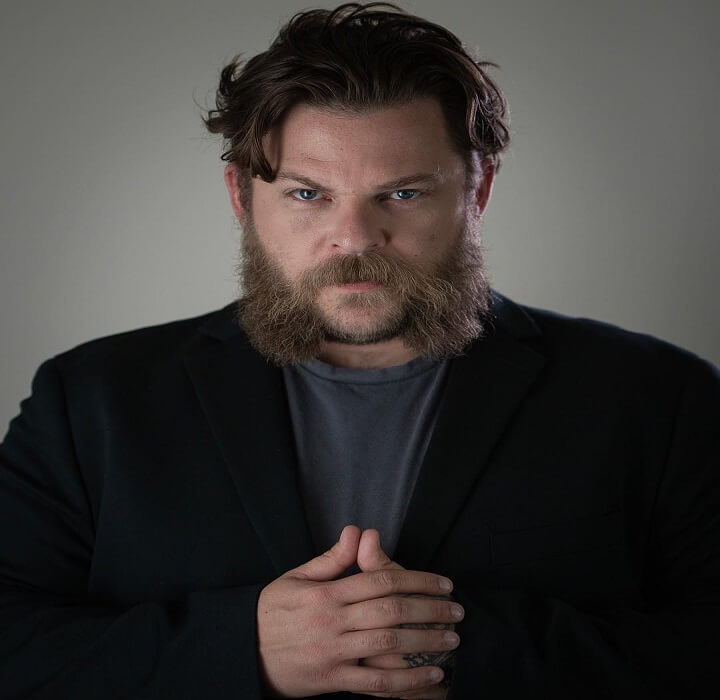

Moustache is the most common spelling today in the English speaking world, though North Americans usually prefer mustache. Mustachio has relatively recently fallen out of favor for generically describing all moustaches, now more typically referring to particularly elaborate moustaches. Moustache, mustache, and mustachio are all technically correct spellings to describe hair on the upper lip.In stark contrast to sideburns in the 19th century, most often worn by respected military-men, sideburns post-1950s began being seen as a facial hair style of rebels. This new version tended to be shaved close to the face, rather than the formerly common mutton-chop version.

Sideburns declined in popularity in the early 20th century, but saw a resurgence with a much more conservative version of them popping back up in the mid-20th century thanks to the likes of James Dean and Elvis Presley. From here, the style began to spread throughout the world.

Shaving Doesn’t Make Your Hair Grow Back Thicker or Faster.

Why Testosterone Affects Body Hair Growth.Why Amish Men Grow Beards But Not Moustaches.From 1860-1916 the Uniform Regulations for the British Army Required Every Soldier to have a Moustache.If you liked this article and the Bonus Facts below, you might also like: Shortly after “sideburns” popped up, an alternate “sideboards” also made its debut, with “boards” thought to have been shortened from “border”, so essentially “side-boarder”, which is a fitting description of the style. Presumably the shift was from the fact that this part of the “burnsides” facial hair style was on the sides of the face- and of course, leaving the “burns” part in in homage to the aforementioned style. Within a few years of this, the facial hair down the side of one’s cheeks, rather than being called “mutton chops” as it was at the time in some regions, began being called a modification of “burnsides”, “sideburns”, with the first documented instance of this being in 1887.


 0 kommentar(er)
0 kommentar(er)
